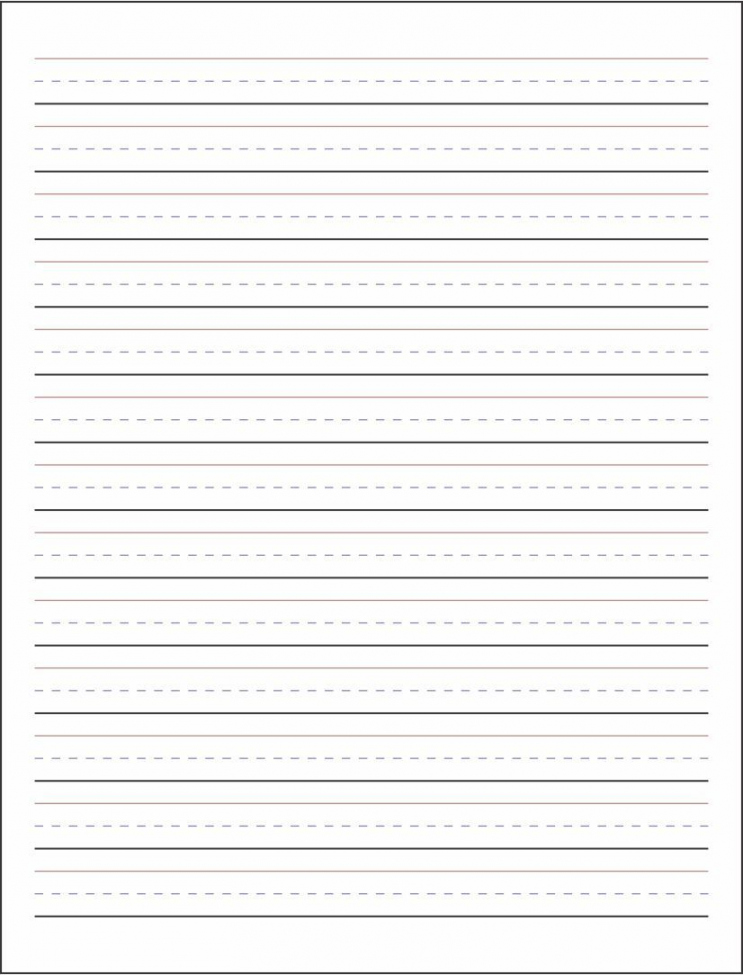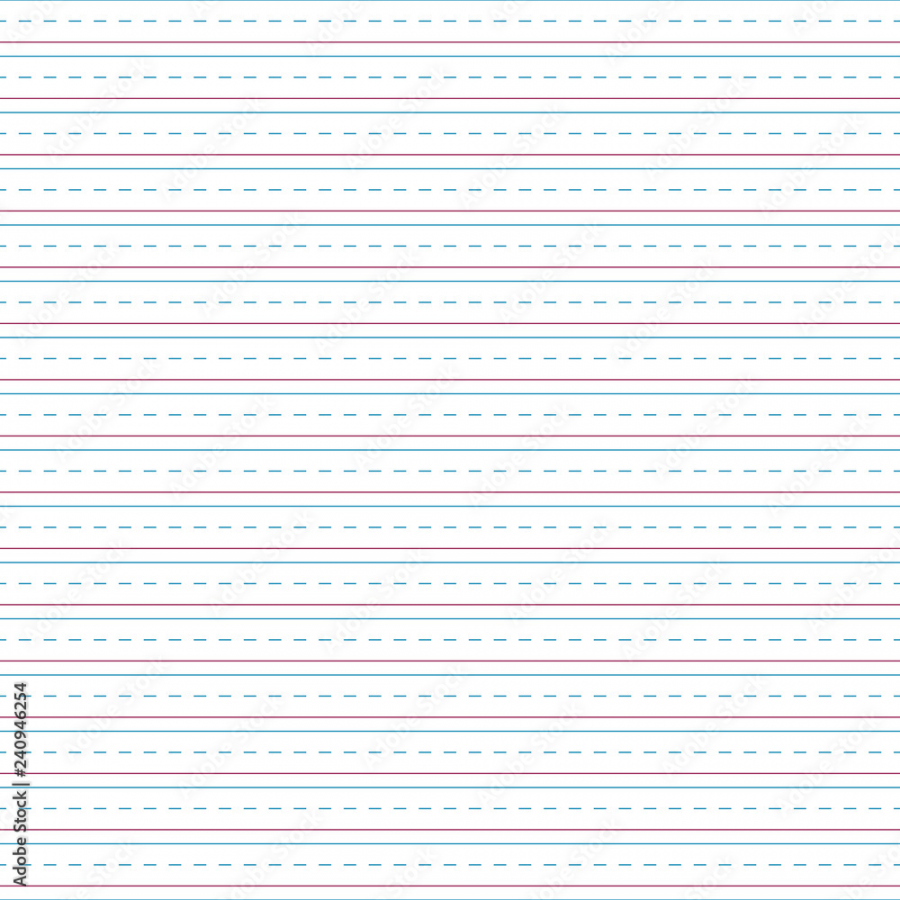The Importance of Cursive Paper in Developing Handwriting Skills
Handwriting is an essential skill that plays a crucial role in a child’s cognitive and motor development. It aids in reinforcing learning, improving fine motor skills, and enhancing brain function. One of the key elements in honing this skill is using cursive paper. Cursive paper, specifically designed for practicing cursive writing, offers several benefits in fostering legible and fluid handwriting. Let’s delve into why cursive paper is a vital tool in developing handwriting skills.
1. Understanding Cursive Paper
Cursive paper is a specialized type of writing paper that incorporates guidelines to facilitate the practice of cursive handwriting. These guidelines consist of dashed lines that help learners form letters and words consistently and uniformly. The dashed lines demarcate the baseline, midline, and top line, providing a structured framework for developing legible cursive writing.
2. Promoting Proper Letter Formation

One of the primary advantages of cursive paper is its ability to encourage proper letter formation. The dashed lines act as a visual guide, ensuring that learners align their letters correctly and maintain consistent slant and spacing. When learners consistently practice writing on cursive paper, they develop muscle memory, enabling them to form letters automatically and fluently. This muscle memory translates into better handwriting skills overall.
3. Enhancing Fine Motor Skills
Using cursive paper also aids in the development of fine motor skills. The controlled movements required to form cursive letters on the paper help strengthen and refine the small muscles in the hands and fingers. As learners repeatedly follow the guidelines on the cursive paper, their hand-eye coordination improves, leading to greater precision and control over their writing. This improvement in fine motor skills transfers to other activities, such as drawing, painting, and playing musical instruments.
4. Assisting with Spacing and Sizing

Cursive paper serves as a valuable tool for teaching learners how to maintain consistent spacing and sizing in their handwriting. The dashed lines guide learners in appropriately sizing their letters and words, preventing them from overcrowding or spacing them too far apart. By practicing on cursive paper, learners internalize these spacing and sizing concepts, enabling them to produce neat, legible writing without the need for constant reference.
5. Fostering Neat and Legible Handwriting
The use of cursive paper contributes significantly to the development of neat and legible handwriting. The structured guidelines on the paper provide learners with a visual framework for aligning and connecting their letters correctly. This consistency leads to smoother, flowing cursive writing, enhancing readability. Additionally, as learners practice on cursive paper, they become more conscious of their letter formation, resulting in improved overall penmanship.
Conclusion

Cursive paper offers a range of benefits in developing handwriting skills. Its specialized guidelines promote proper letter formation, enhance fine motor skills, assist with spacing and sizing, and foster neat and legible handwriting. By incorporating cursive paper into handwriting practice, learners can build a strong foundation for clear and fluent writing. So, whether you are a teacher, parent, or learner, consider using cursive paper as an invaluable tool in developing exceptional handwriting skills.

The Free Printable Festivity Continues…
Copyright Notice:
Our website uses images found on the internet, the copyrights of which are retained by their respective owners. If you wish to have an image removed, kindly contact us.